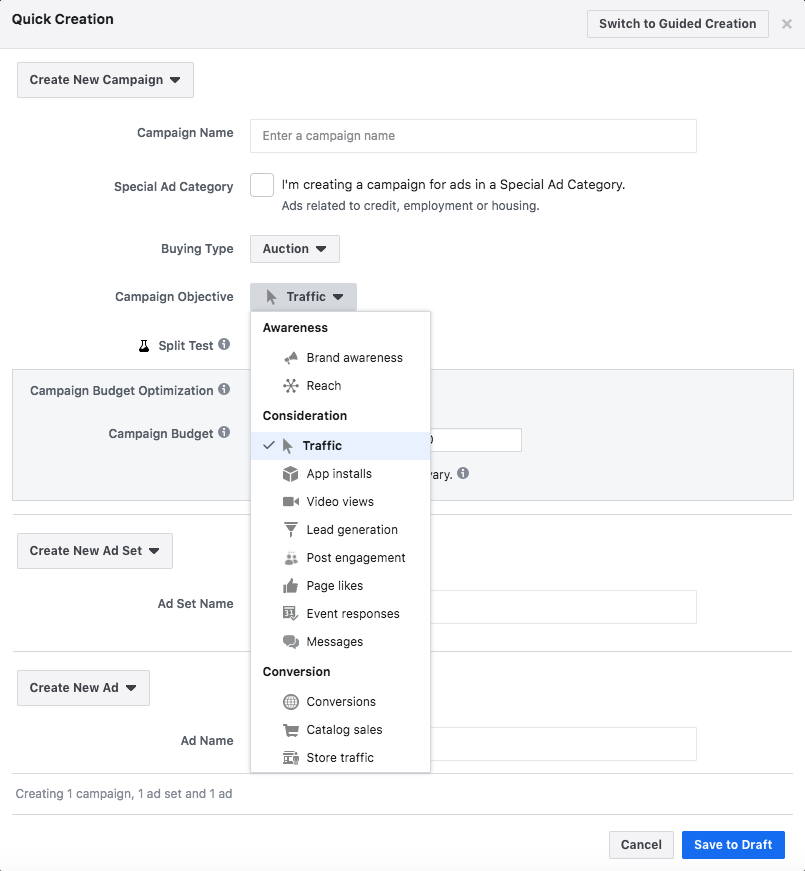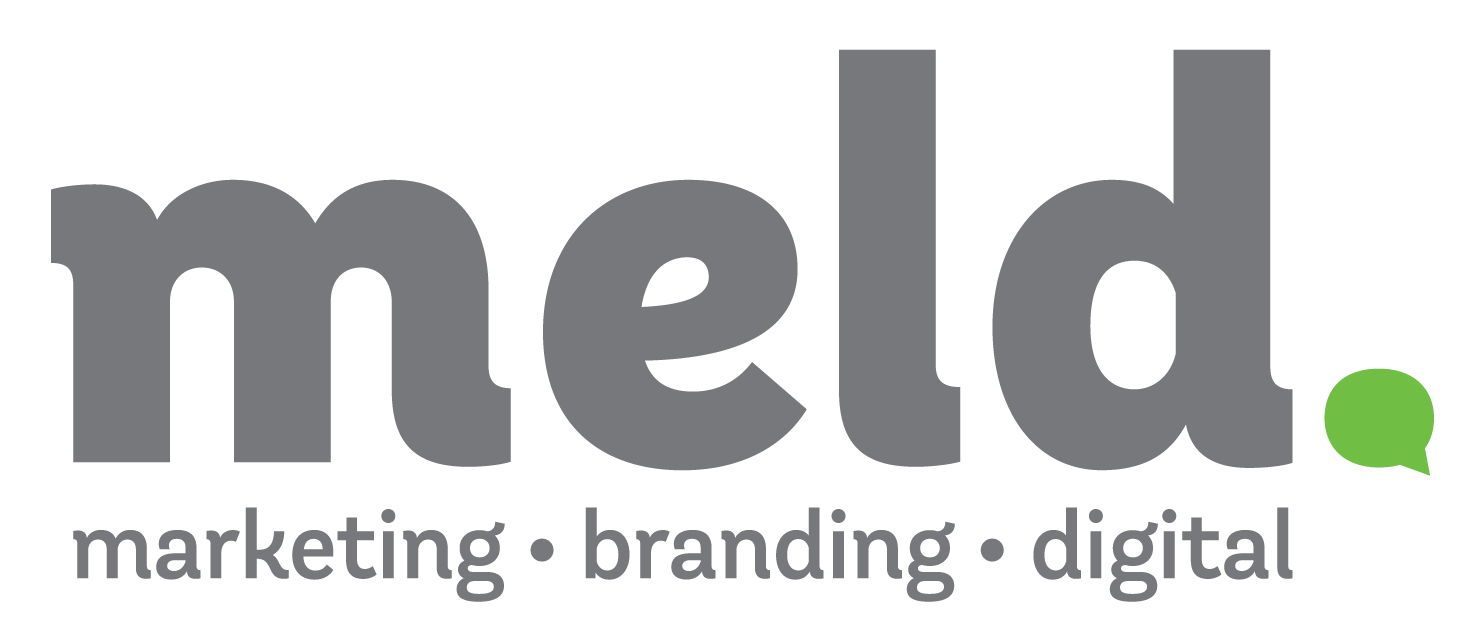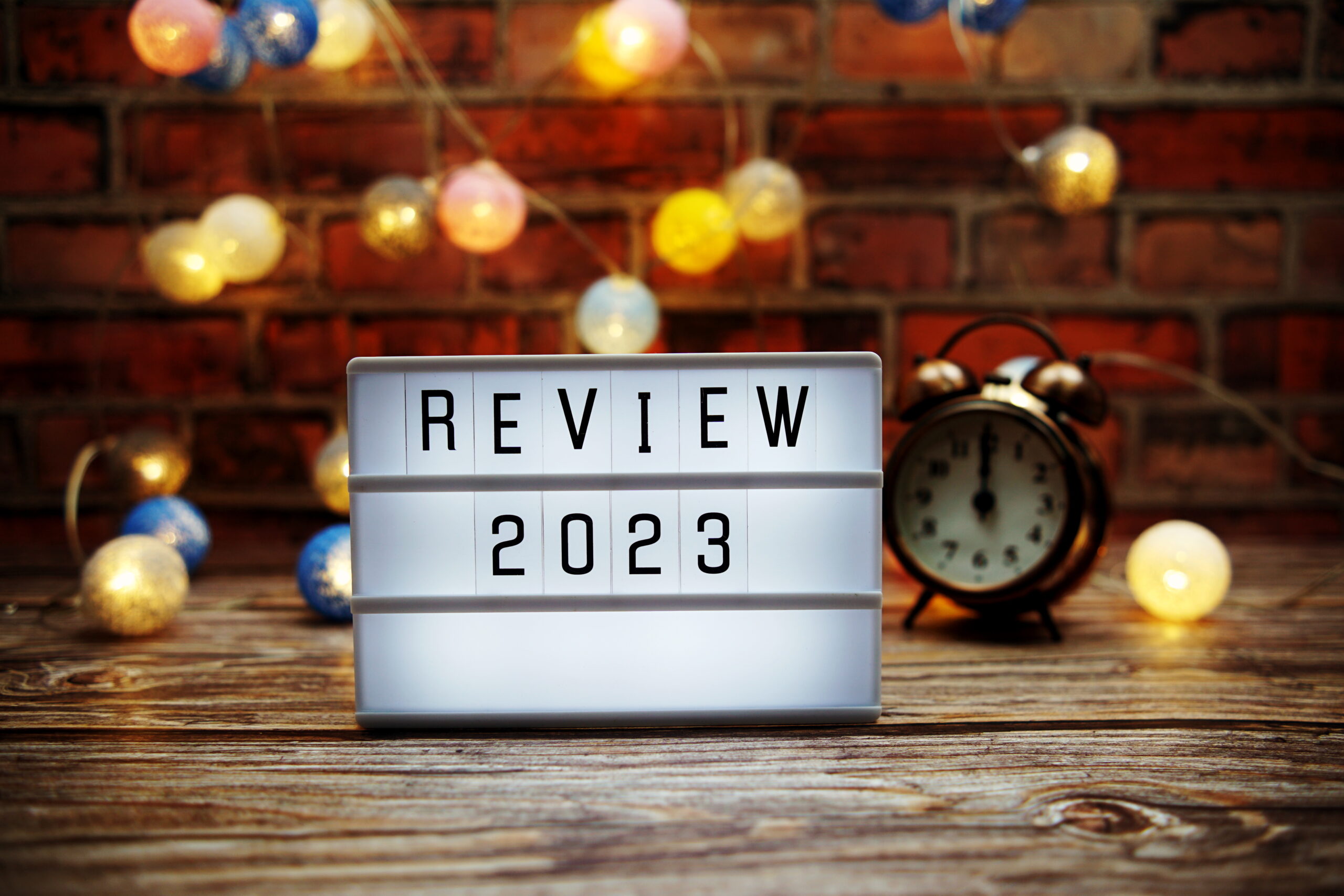Paid social media advertising can often be overwhelming with so many data points to look at and analyze. Add on top of that, the pressure from your leadership team to improve performance across campaigns and ultimately increase ROI. So what can you do to make sure these ads are optimized to perform as well as they possibly can?
There are endless ways to optimize Facebook and Instagram advertising campaigns. Unfortunately, there is no magic button to generate the perfect campaign performance. But there are some tips we can share! I have outlined a few optimization tips and tricks to try if you have been running advertising campaigns for at least a few months and would like to improve performance.
Why a few months? Results from a single week or month can make it hard to identify trends and see what is and isn’t working. It also can be challenging because the platforms themselves may not have identified where you are successful and done their own back-end optimizations to get your ads greater results.
Campaign Objective
Within Facebook Ads Manager, there are many campaign objectives to choose from for both Facebook and Instagram advertising. The campaign objective should be chosen based on your goal. There are some cases when choosing a new campaign objective can actually help you reach your goals better than the original campaign objective that was selected.
For example, if your goal is conversions and you have run a campaign for a few months without reaching your conversion goals, it might be time to switch to an objective like reach. The goal of the reach objective is to reach as many unique Facebook and Instagram users as possible. Utilizing the reach objective ensures that your audience doesn’t get exhausted with seeing the exact same ad too many times.
You may be wondering: “How do I still track conversions if I’m using the reach objective?” It is still easily possible! Choosing “custom columns” within Facebook Ads Manager (see image below) allows you to see the conversion numbers based on the pixel that has been set up on your site.

Ad Placements

There is not a “one size fits all” approach to ad placements. With multiple options to choose from beyond campaign objective, it can be hard to know the best way forward.
The default ad placement from Facebook is “all placements.” This is not something I would recommend for any advertiser that strives to be targeted with their efforts. For example, if you are an advertiser that builds ad creative that is specifically sized for Instagram Stories, the Instagram Stories placement would be the best option. An Instagram Story ad would not appear in the most ideal way if it were to appear on the Facebook News Feed. If this were to happen, it would appear oddly and your target audience might wonder “what is going on here?”
Facebook is constantly rolling out new options for ad placements (see image to right). These new ad placements are good to test to see how they perform with your audience. My recommendation is to start with a few ad placements and add on new placements as optimization opportunities. If you are running an ad that is created specifically for the Facebook News Feed based on the size of the image, I would recommend starting with the following ad placements: Facebook News Feed, Facebook Groups Feed, Facebook Marketplace, and Messenger Inbox.
Campaign Creative
Whether you are using a still image or video, updating campaign creative should be one of the first places to start when optimizing your Facebook and Instagram advertising campaigns. A/B testing (ie – trying two different versions and seeing which performs best) is a great tool. Try the ad copy above and below the visual is always a good idea. Try to have one version that has longer post copy and another that has shorter, punchier post copy. You could even try a version that asks your audience a question and one that is a statement.
Imagery: If you are using a stock image, try using an image that your business has taken naturally (vs high-level, branded photography) as it may give the ad a more genuine feel. In addition, if you are using an image that doesn’t have people in it, consider using an image that does.
Video: With video, the optimal length on social media is 30 seconds or less. Try to vary or even A/B test the video length. An important note on video is that people typically watch them on their mobile phones with the sound off, so if captions are not already included in your video, make sure to include them as part of your optimizations.
Summary
At the end of the day, optimizations are about learning through experimentation. If something isn’t working well, try something different and see if that helps. If something is already working well, how can you figure out what is making it successful and replicate elements of that ad with other ads? Sometimes new approaches will work, and other times they will not.
Remember: there is no magic bullet that will convert all audiences. Different industries and audience groups will respond differently to the same ads and approaches. So, unfortunately, you can’t just copy your paid strategy from another client and assume it will work for a different client with a different product and target audience. Some universal best practices may be transferable, but paid digital advertising is not a plug-and-play formula.
Did all of this still sound too challenging? We can help. Meld supports client’s social media and paid targeted advertising needs. Reach out and let’s chat!



